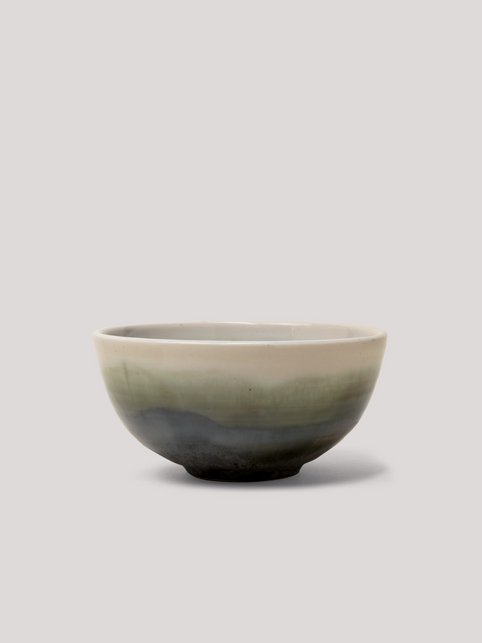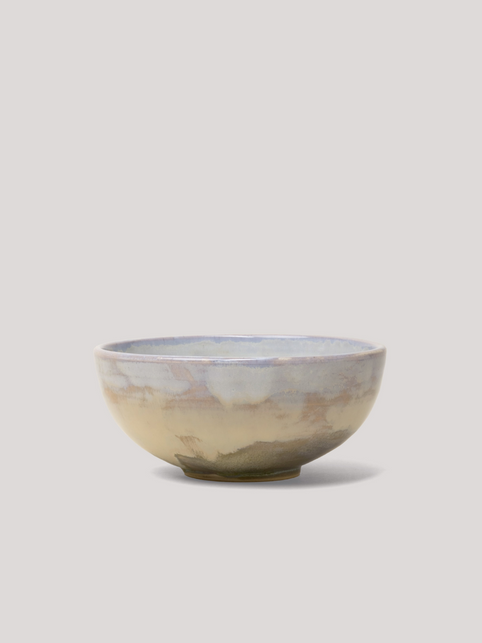Magowayasashii: The Art of Thoughtful Eating
November 1, 2023
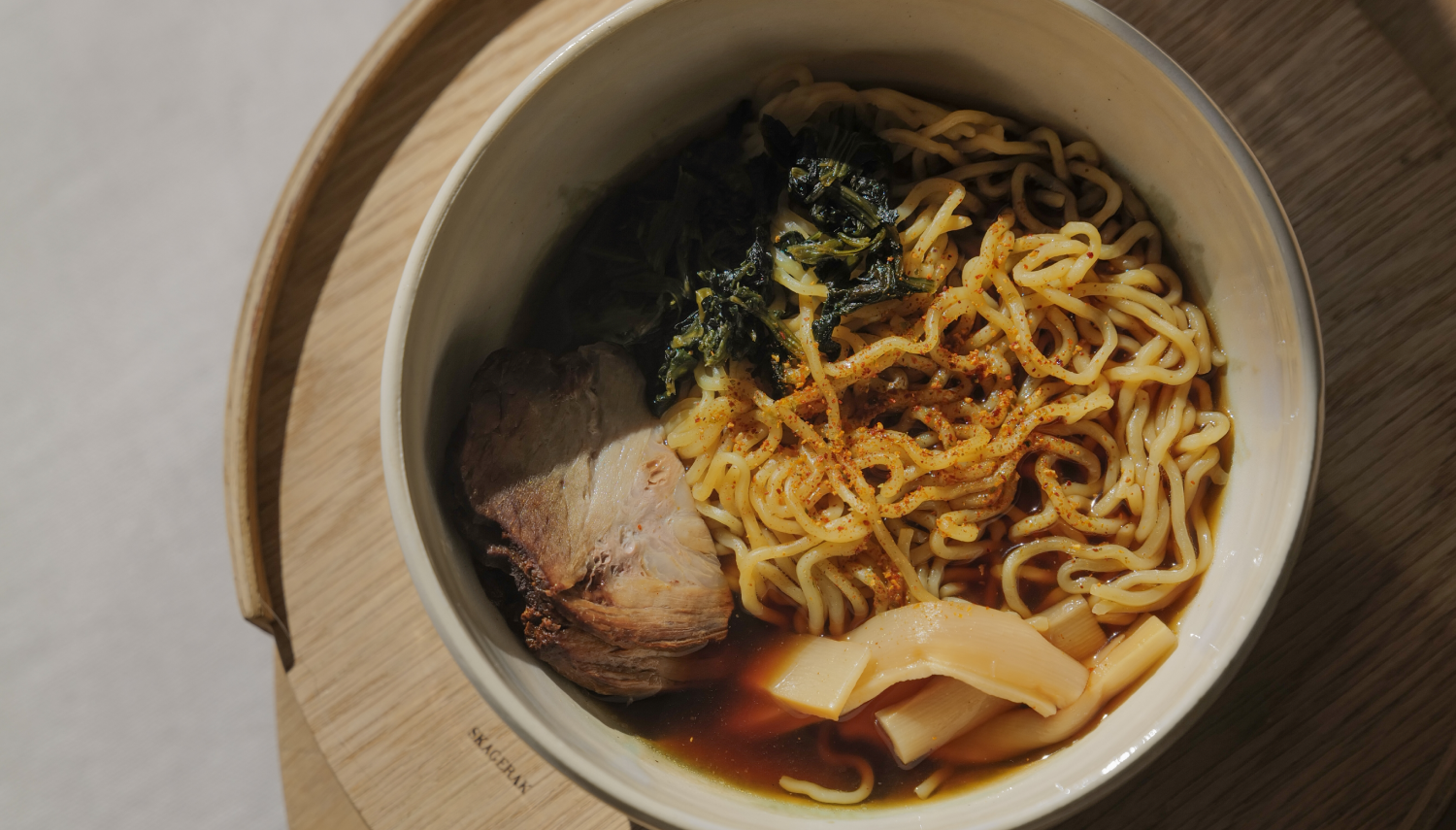
At OWIU, we believe in the synergy between beautiful food and the way it is presented. Like our ceramics, Yoko Street deeply connects their work with memory and sentiment. Food can be elevated by the canvas it is presented on and we believe carefully made food should be rewarded with a beautiful presentation.
We were honored to have a conversation with the team behind the online Japanese meal delivery service Yoko Street, specializing in food following the philosophy of Magowayasashii dedicated to a balanced diet of essential nutrients and a holistic approach to health. Magowayasashii is not a diet, it’s a lifestyle approach promoting thoughtful eating.
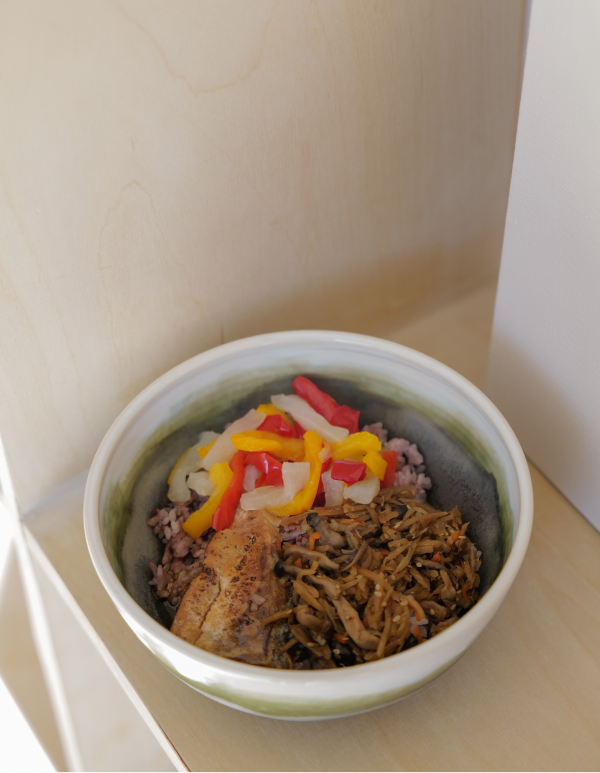
Yoko Street is proud to serve food that is deeply nostalgic, rooted in family history. The Yoko Street head chef comes from a family of bento-maker and brings his expertise to every menu. “I grew up in a family that produced bento, which is a traditional Japanese meal consisting of a compartmentalized box filled with a variety of foods, from the very beginning. I was exposed to bento from a young age – I would see it, eat it, and even try my hand at making it. To be honest, there was a time in my early years when I didn't particularly like it. But as I grew up, I started to realize that bento was not only a part of Japanese food culture but also a part of who I am. This realization might have been the turning point when I started to really like bento. What's more, my love for bento deepened when I decided to bring Japanese bento to America and keep pushing the idea of American bento. The biggest difference between American bento and traditional Japanese bento is the lack of history. American bento doesn't have the rich cultural and historical background that traditional bento does. That's why we want to customize and adapt the bento culture ourselves. I consider it a privilege to be the son of a bento family, and I believe it's my responsibility to use that privilege to make this happen.”
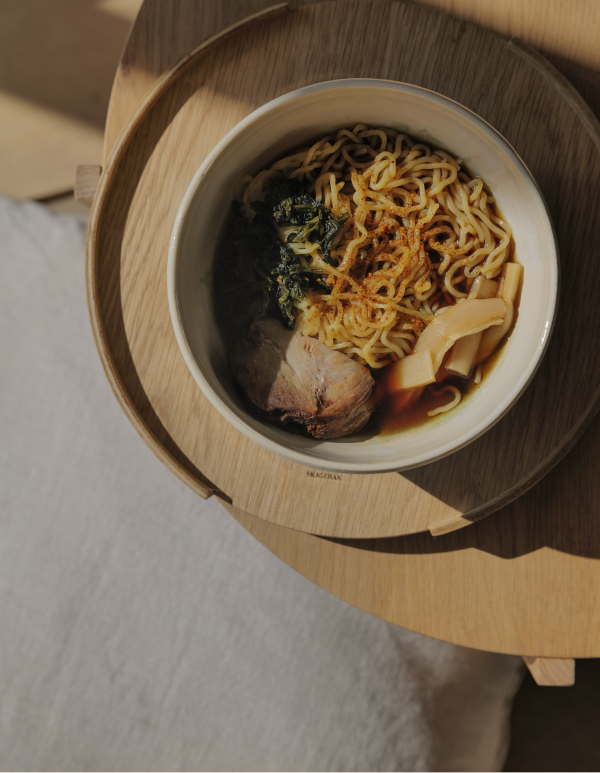
Balancing heritage and a desire to expand their scope, Yoko Street is able to appeal to a more global and contemporary audience without pandering to stereotypes around Japanese cuisine. “Traditional Japanese cuisine in the U.S. has often remained static for decades, driven not only by ingredient and supply chain constraints but also a reluctance to take risks. Many restaurant owners opt for safe, familiar options like combo platters, teriyaki chicken, and spicy rolls, resulting in limited diversity and authenticity. Yoko Street aims to change this by offering authentic, diverse, and healthy Japanese meals, made approachable for a wider audience in the U.S.”
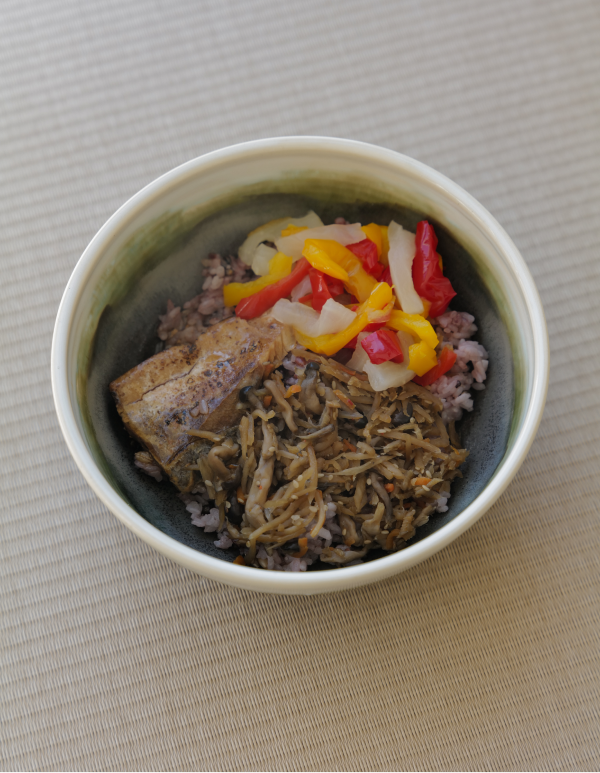
While much of Japanese cuisine honors traditional techniques, Yoko Street manages to hold firm to these time-honored conventions while adapting the techniques to allow their business to reach a larger audience through their delivery service. They utilize modern techniques such as sous vide to ensure the quality of the food outside of a brick and mortar model. “Sous vide delivers improved taste, tenderness, and precise cooking, while also simplifying meal prep. Additionally, our meals can be heated in the microwave, oven, or even stovetop for specific dishes like yakitori, yaki udon etc., giving customers the flexibility to enjoy them quickly and at the highest quality.”
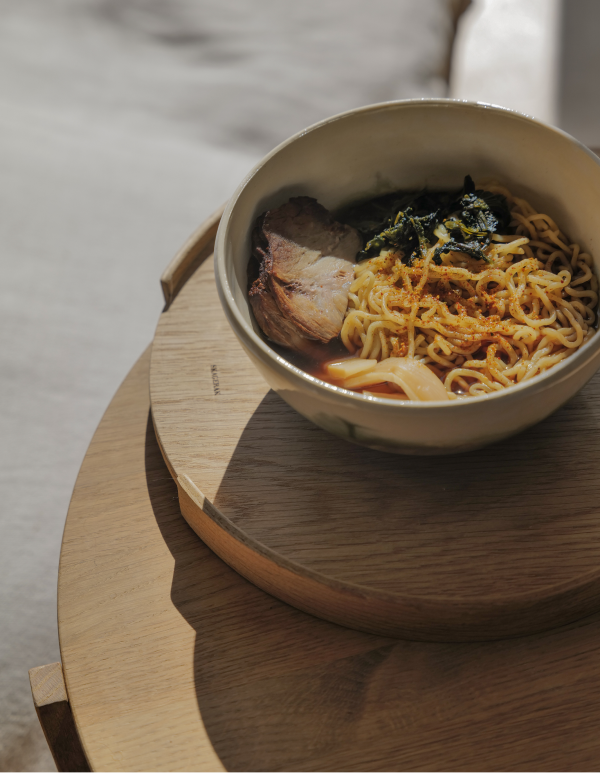
For the team behind Yoko Street, sharing their work is not just about feeding people, it’s a way of sharing culture on a plate. They use the opportunity to share stories around the history of food and how the cuisine has developed and evolved over time.
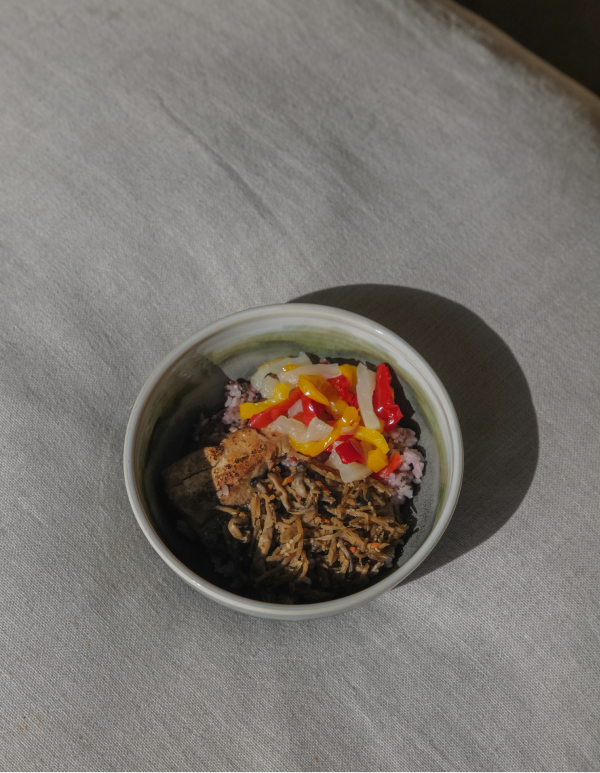
Like so many ancient cuisines around the world, Japanese food does not necessarily associate luxury with a heavy price tag. Luxury can be a reflection of the work behind the dish, luxury can be the generations past that have carefully evolved the food into its current form, luxury can be simply the care put into meal planning. Yoko Street attempts to encapsulate this feeling by creating meals that are both comforting and painstakingly prepared, citing izakaya culture as a constant inspiration. “We aim to bring two aspects; One is izakaya feeling for special occasions and the other is homemade feeling for daily use. Every week customers would see both of izakaya types meals and comfort menus. We believe that people want comfort food, but want to try something new occasionally. That’s why we provide both types of meals.”

The beauty of Yoko Street is that you can bring curated traditional Japanese cuisine into your own kitchen as an act of conversation. While preparation instructions are included, each dish can be customized and made personal simply by plating on dishware that feels meaningful to the individual. We loved seeing Yoko Street’s thoughtful food in our Forest Bowl, reminding us of the verdant abundance of Magowayasashii.

We sincerely believe that good food can move the soul, and if food is an offering for the soul then all the more reason the vessel should be special. For us, food isn’t about caloric intake or fuel to get us through life; it’s a way to engage with our senses. When we eat we want to activate all our senses, including the visual. We see it as an act of gratitude in honor of the cook to present handmade meals in ceramics worthy of the effort.
FEATURED PRODUCTS
Subscribe to our newsletter to get your 10% discount code

